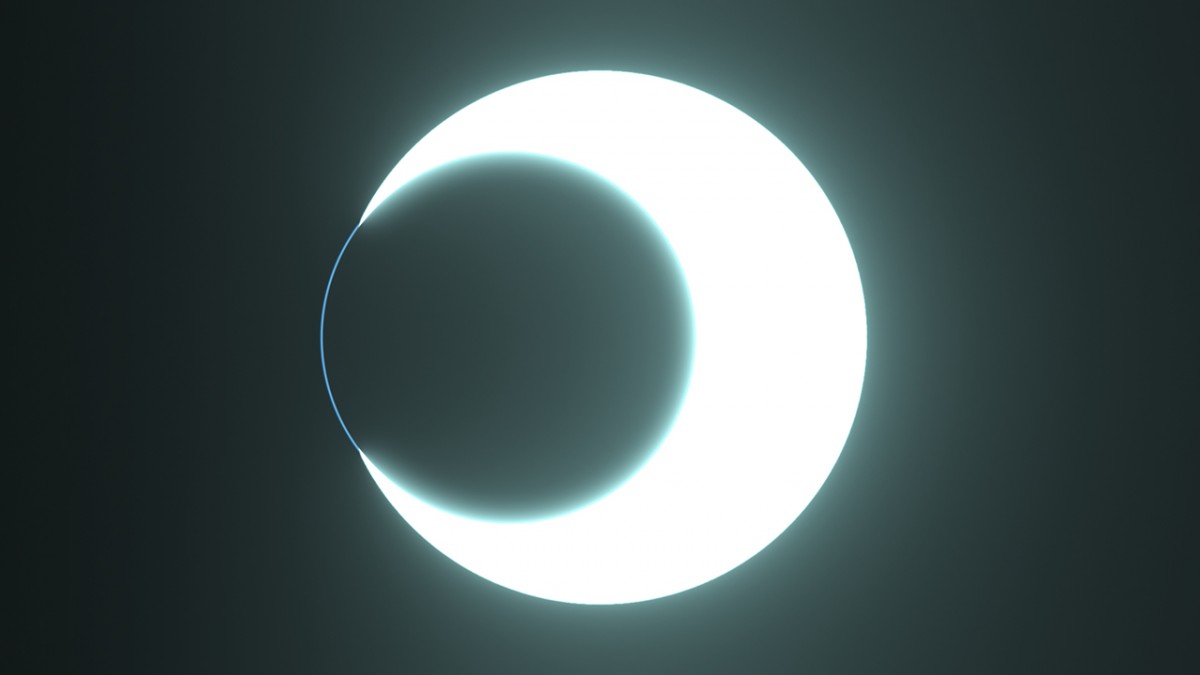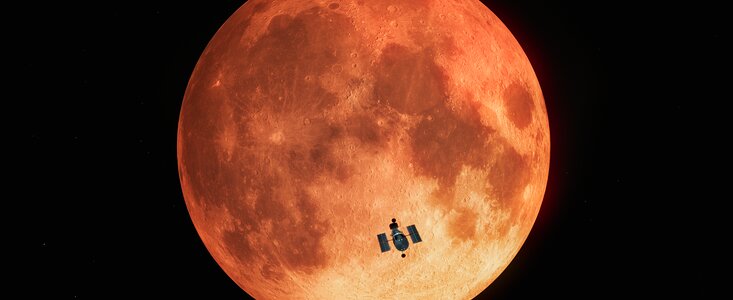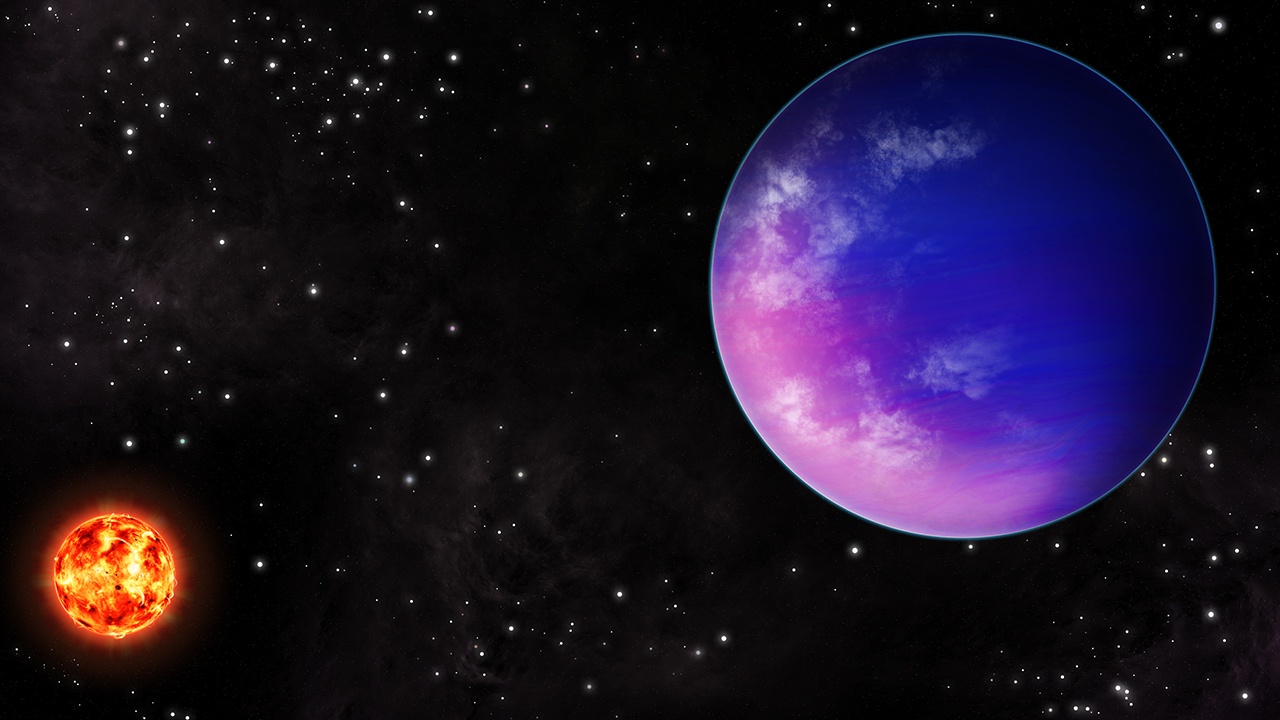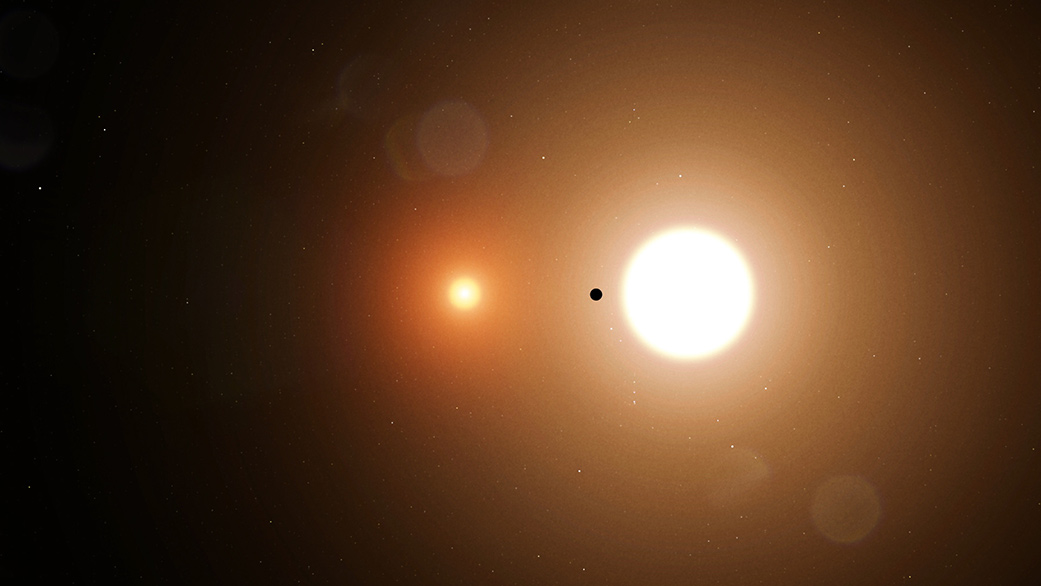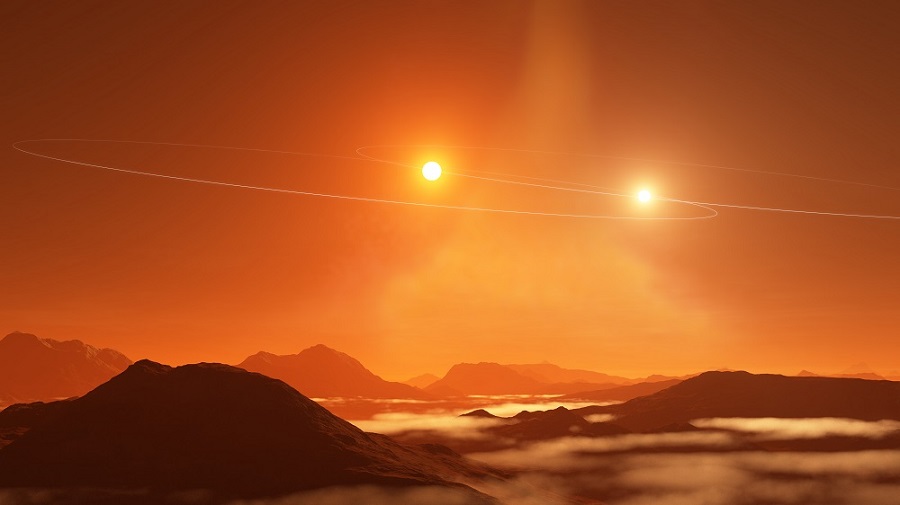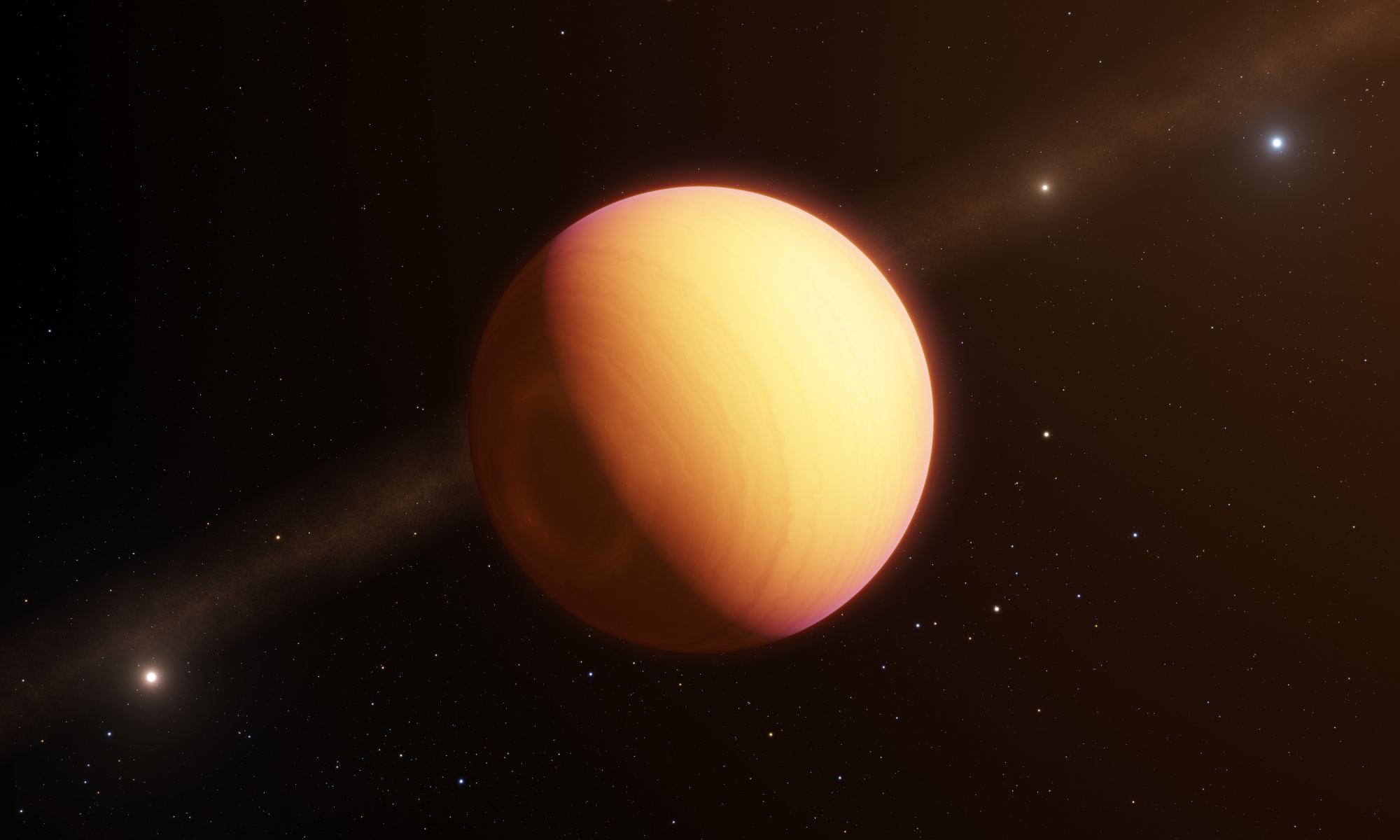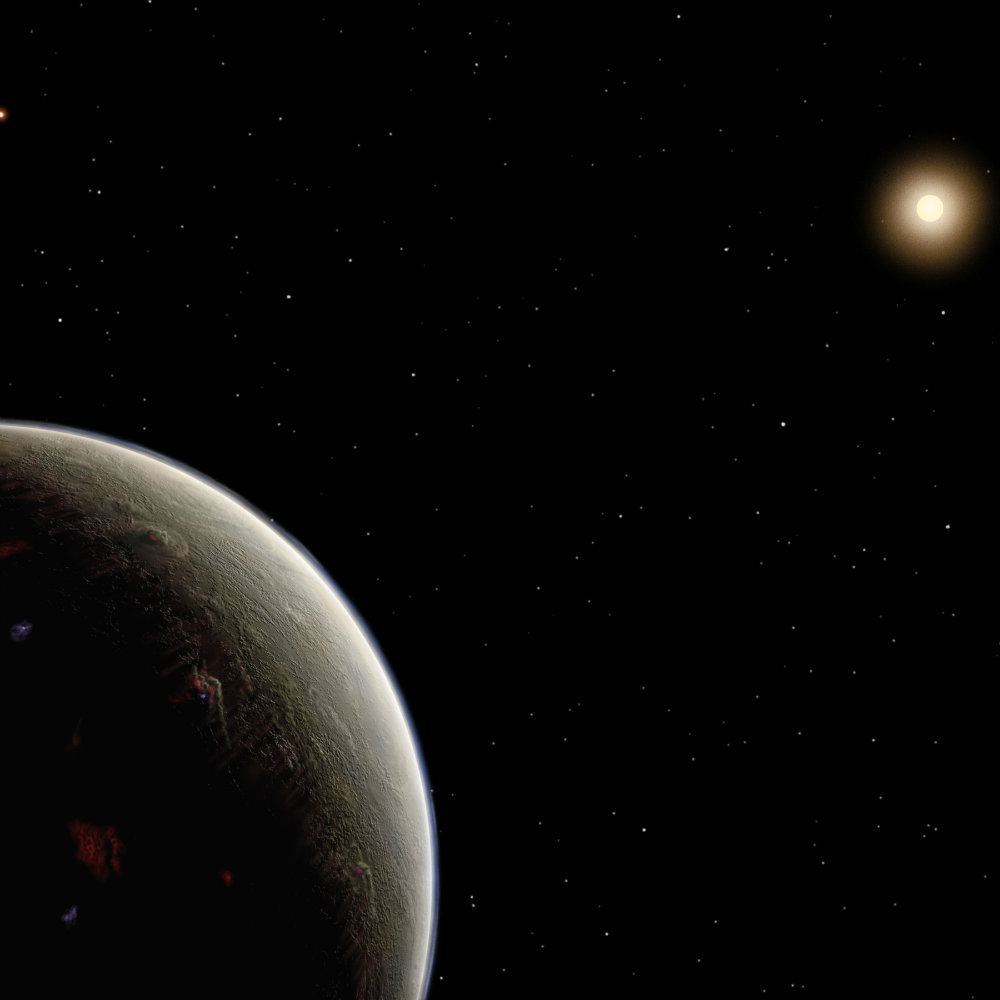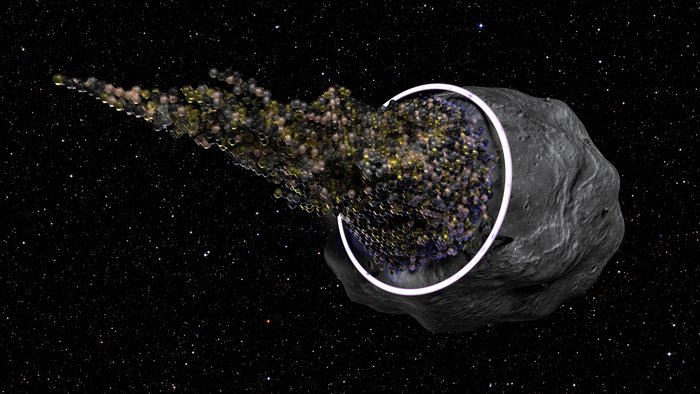In the past few decades, the study of extrasolar planets has grown by leaps and bounds, with the confirmation of over 4000 exoplanets. With so many planets available for study, the focus of exoplanet-researchers is shifting from discovery to characterization. In the coming years, new technologies and next-generation telescopes will also enable Direct Imaging studies, which will vastly improve our understanding of exoplanet atmospheres.
To facilitate this process, astronomers will rely on costly technologies like coronagraphs and starshades, which block out the light of a star so any planets orbiting it will become more visible. However, according to a new study by an international team of astronomers and cosmologists, eclipsing binary stars could provide all the shading that’s needed to directly image planets orbiting them.
Continue reading “There are Natural Starshades Out There, Which Would Help Astronomers Image Exoplanets”

